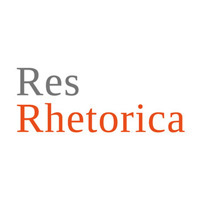Body Rhetorics and Kinesthetic Empathy in the Video Game Bound (2016)
Body Rhetorics and Kinesthetic Empathy in the Video Game Bound (2016)
Author(s): Agata WaszkiewiczSubject(s): Applied Linguistics, Communication studies
Published by: Polskie Towarzystwo Retoryczne
Keywords: embodiment; body rhetorics; kinesthetic empathy; dance movement therapy; Bound
Summary/Abstract: Dance is found in every known human culture as part of religious, social and healing ceremonies. The increased interest in the role of dance in western psychology corresponds with the creation of the American Dance Therapy Association (ADTA) founded by Marian Chace, and the beginning of the dance movement therapy (DMT). The Association introduced the dance and the dance-based movement as part of the therapeutic process, in order to explore the relationship between the expression of individual emotions and movement. Drawing both from the visual rhetorics approach (Patterson and Corning 1997) and the game studies (Fernández-Vara 2009) I will analyze the multiple narrative layers in the Bound video game (2016), pointing to the mutual relationship the player and the game have on each other (Keogh 2018) decoding the game as a metaphor for the therapeutic effects of dance.
Journal: Res Rhetorica
- Issue Year: 6/2019
- Issue No: 1
- Page Range: 17-30
- Page Count: 14
- Language: English

